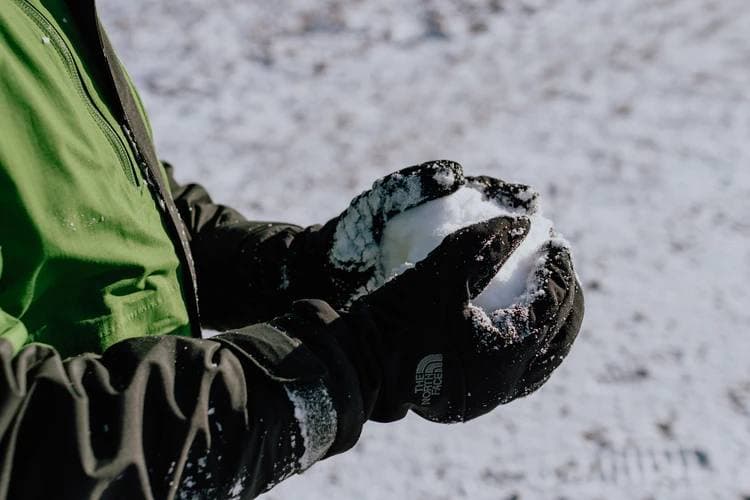Videos are being circulated on the Internet: users are trying to set snow on fire with a lighter, but it does not melt. The authors of the videos conclude that the snow is not real, but plastic or made of chemicals. We checked whether this is actually true.
In January 2021, residents of the Krasnodar Territory began en masse to try to melt the snow with a lighter, but it did not melt. Then the authors of the videos decided that the snow was not real. For example, here's what spoke one of the experimenters: “It doesn’t melt at all. <…> Like plastic, really”.
And residents of Texas, which was recently hit by bad weather, saw that the snow that had fallen did not melt, commented like this: “Thank you, Bill Gates, for trying to deceive us and pass off this snow as real. It doesn't melt, it burns. Snow doesn't burn."
In fact, photos and videos where snow from a lighter does not melt, but burns (becomes black), spread on the Internet for many years. This winter, information about such “strange” snow appeared in at least two countries: in the USA, where Texas was covered with snow and frost, and in Russia, where users also decided to try to set the snow on fire.
In the US, it all started with a TikTok video. The original video in which the wrong snow is credited to Bill Gates is already deleted from a social network. But they stayed other video with similar experiments: users try to melt snow with a lighter, but it does not turn into water, but smokes.
In all likelihood, residents of Russia saw these videos and therefore also tried to repeat the experiment. Results were the same.
Conspiracy theories have emerged in both countries: this means that the snow is not real, but was created by the government (on purpose or not) or by corporations. It is all “plastic” or “chemical” because of the bad environment, for which the state is supposedly to blame.
In fact, there is nothing surprising in the fact that a lump of snow from a lighter does not melt. The thing is that dense snow has high thermal conductivity: the heat coming from the fire of a lighter is transferred through the upper layers deep into the snow. Therefore, until all the snow reaches the melting temperature, drops will not fall from it.
That's right explained journalist and popularizer of science Mikhail Kotov in a commentary to the Fontanka publication about what is happening to Russians. However, back in 2014, when, against the backdrop of another weather anomaly - this time in Atlanta, USA - users tried it melt snowballs with a lighter and were not successful, what happens explained astronomer Phil Plait.
According to him, such lumps actually melt. Indeed, due to high thermal conductivity, heat is removed from the surface, and if it does not have time to dissipate, then melting occurs inside the snowball and the emerging water is adsorbed in the pores of the snow that has not yet melted. Even such lumps of snow, if heated over a fire for a long time, will melt: users simply do not wait for this moment, believing that heat is generated only on the surface of the snow and it should melt immediately.
In general, if you try to melt the same snow, without making snowballs (or especially snowdrifts) out of it, but by pouring a little, it will gradually melt. You just have to wait for it.
As for the snow turning black, it’s still easier: When butane burns, carbon is formed from the lighter, that is, soot - and it is this that settles on the white snow. Exactly the same gets smoky and a spoon, if heated with a lighter.
So, no, just because a snowball doesn't melt when a lighter fires, it doesn't mean it's not real. It doesn't melt because those are the laws of physics.
Not true
- “Fontanka” with physicists exposes a video with “non-melting” “chemical” snow in the Krasnodar Territory
- Atlanta Storm Was a Government Conspiracy? Snow Way!
- Fact check: Explaining ‘fake Texas snow’ posts and ‘scorched snow’ videos
If you find a spelling or grammatical error, please let us know by highlighting the error text and clicking Ctrl+Enter.







